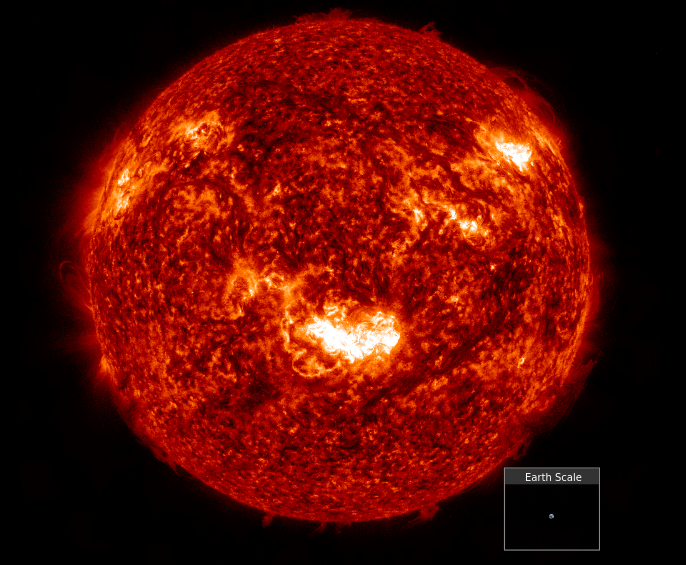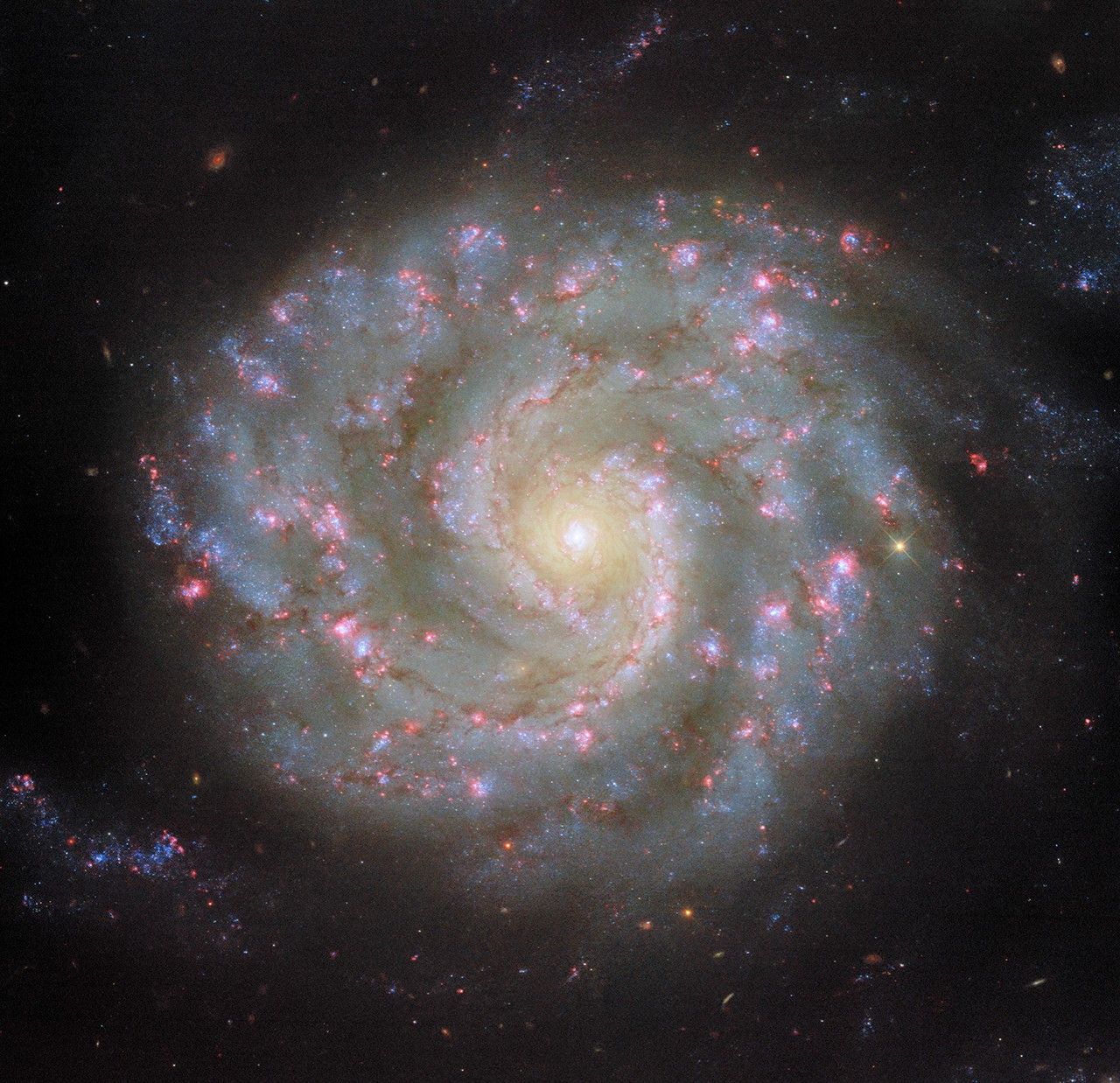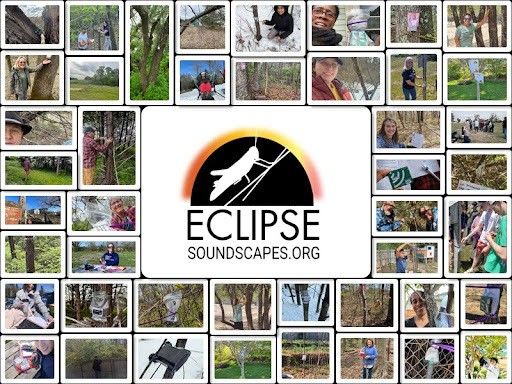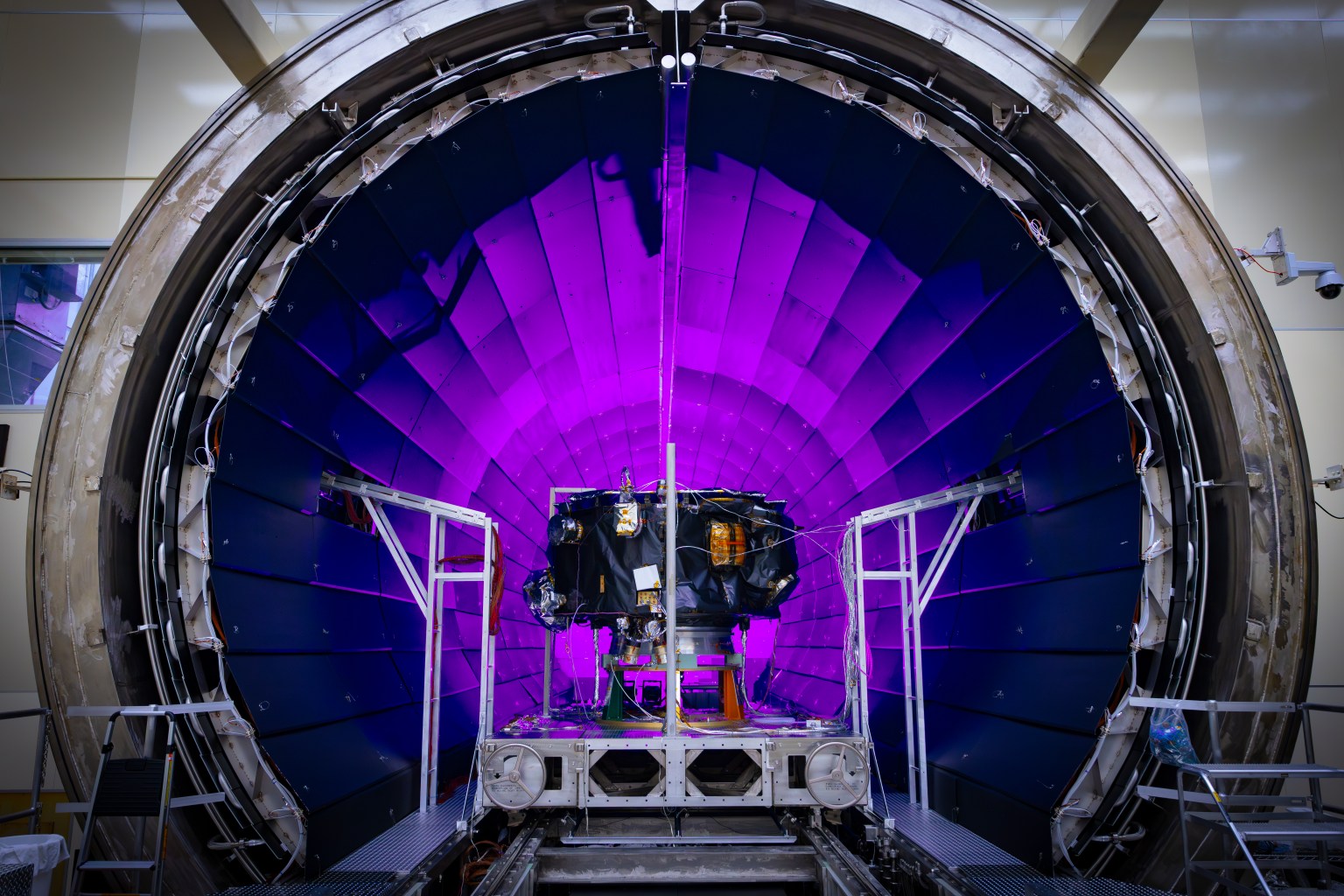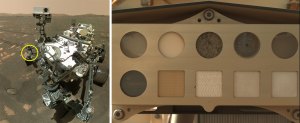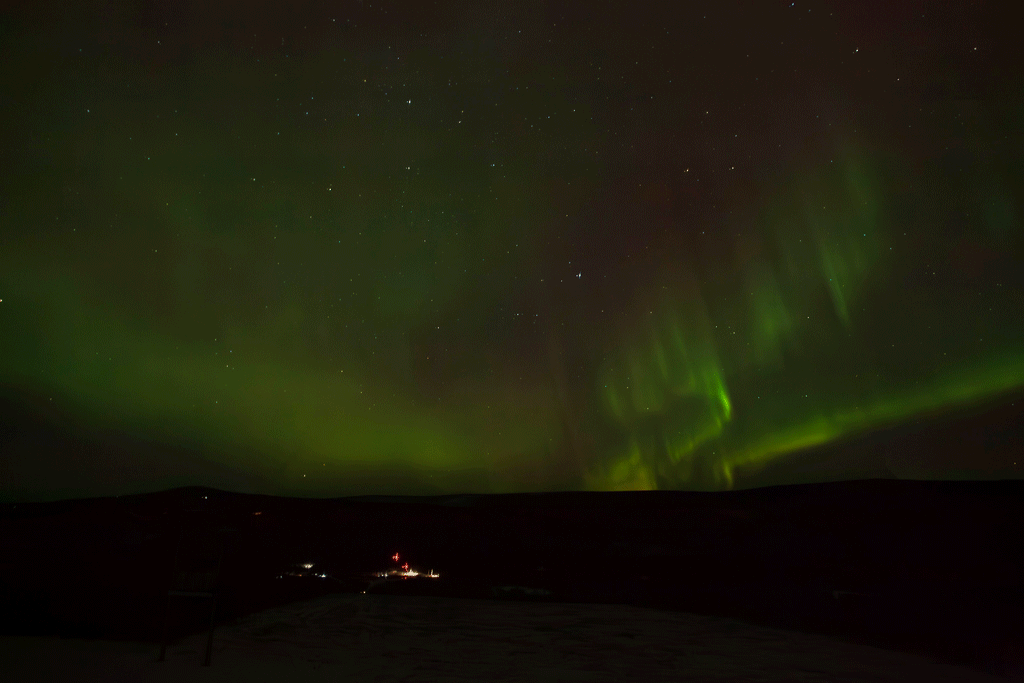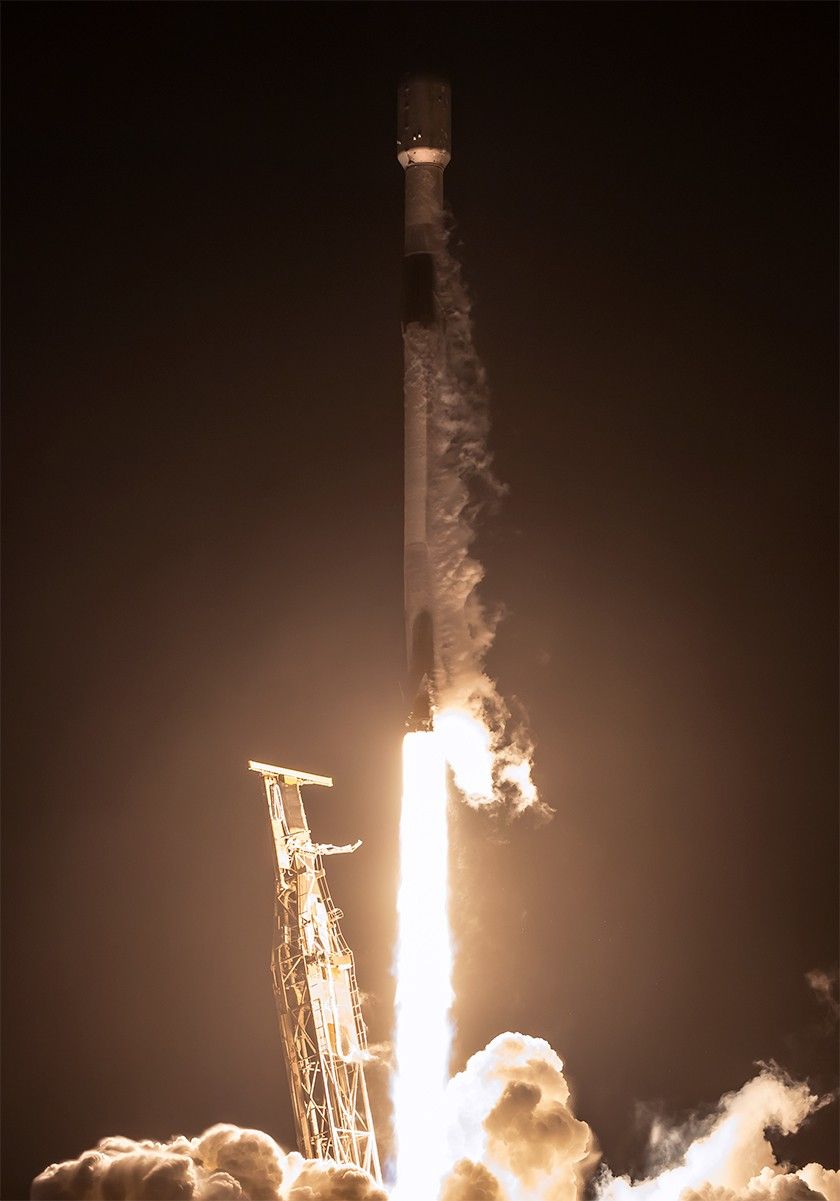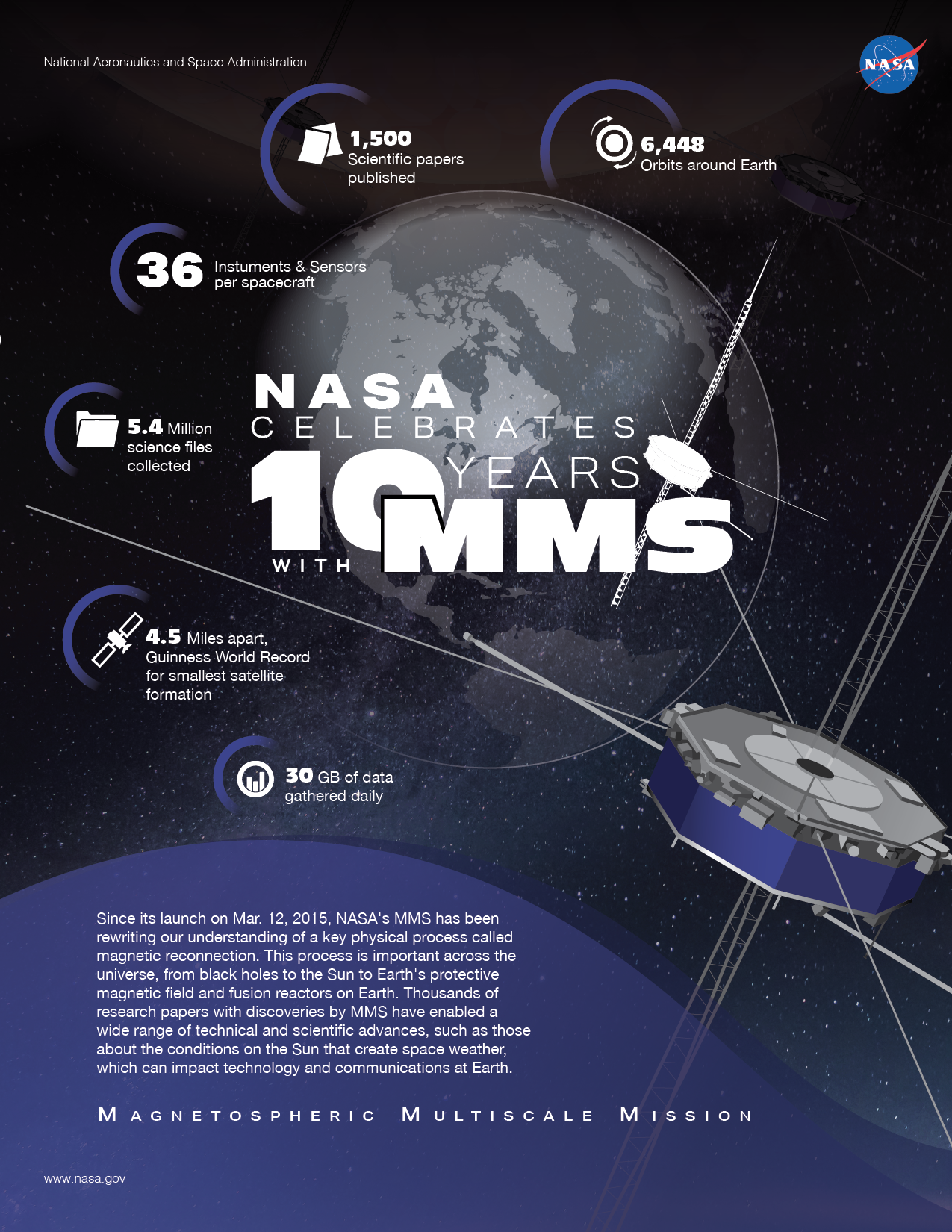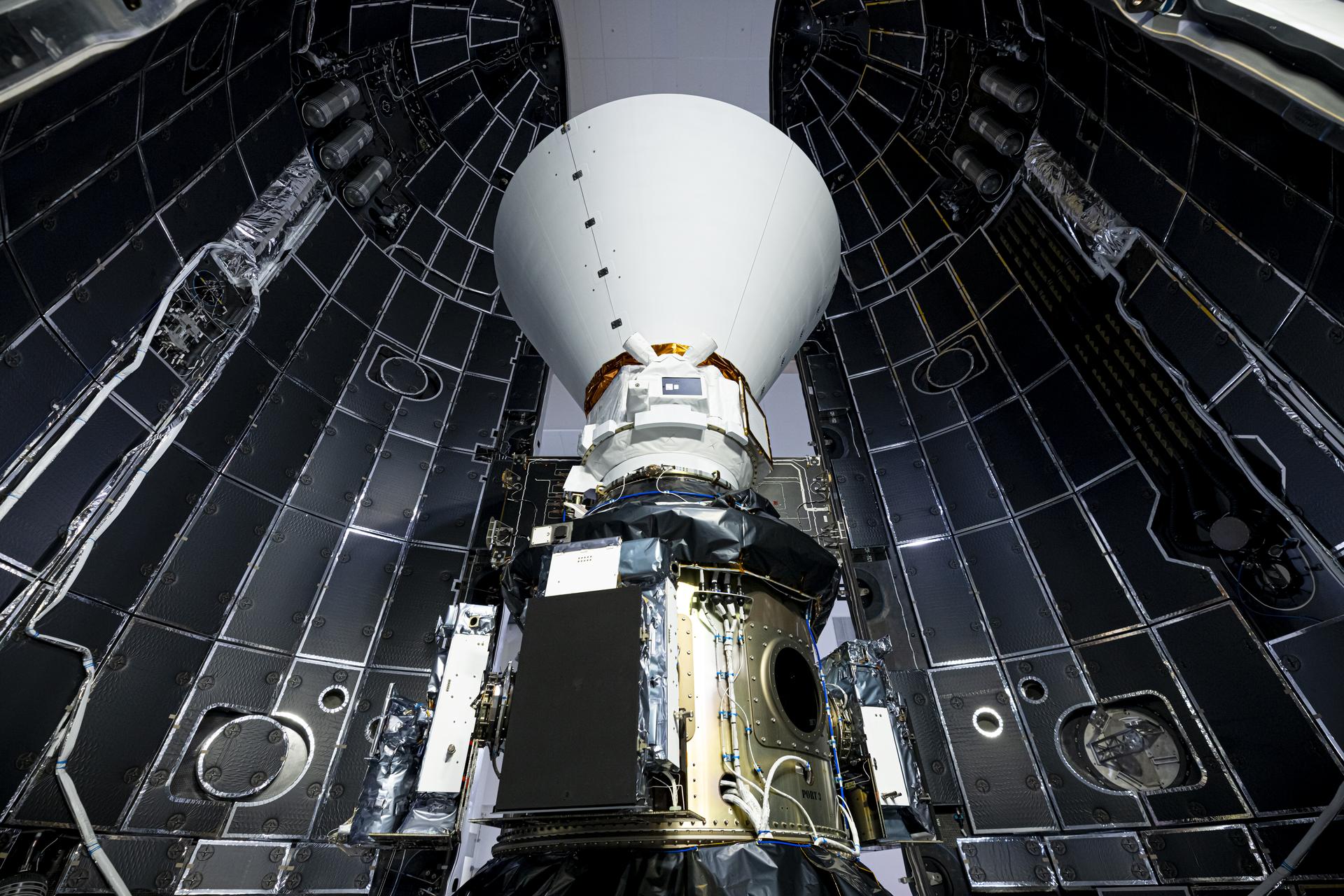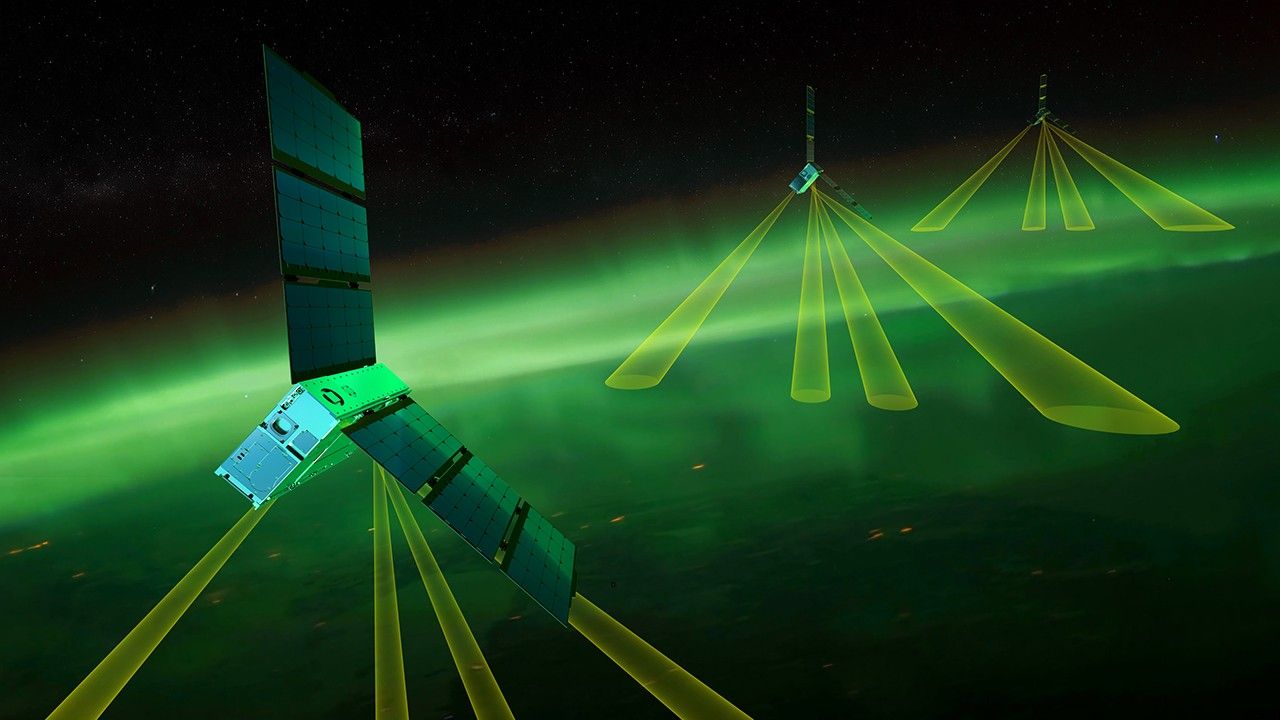6 min read What NASA Is Learning from the Biggest Geomagnetic Storm in 20 Years One year on, NASA scientists are still making huge discoveries about the largest geomagnetic storm to hit Earth in two decades, the Gannon storm. The findings are helping us better understand and prepare for the ways in which the Sun’s activity can affect us. On May 10, 2024, the first G5 or “severe” geomagnetic storm in over two decades hit Earth. The event did not cause any catastrophic damages, but it did produce surprising effects…
Read MoreTag: Heliophysics
NASA Earns Two Emmy Nominations for 2024 Total Solar Eclipse Coverage
3 min read Preparations for Next Moonwalk Simulations Underway (and Underwater) NASA’s coverage of the April 8, 2024, total solar eclipse has earned two nominations for the 46th Annual News & Documentary Emmy Awards. The Academy of Television Arts & Sciences announced the nominations on May 1, recognizing NASA’s outstanding work in sharing this rare celestial event with audiences around the world. The winners are set to be unveiled at a ceremony in late June. “Total solar eclipses demonstrate the special connection between our Earth, Moon, and Sun by impacting…
Read MoreFirst Results from the Eclipse Soundscapes Project: Webinar on May 7
2 min read First Results from the Eclipse Soundscapes Project: Webinar on May 7 How do the sudden darkness and temperature changes of a solar eclipse impact life on Earth? The Eclipse Soundscapes project invited you to document changes in the environment during the week of the April 8, 2024 total solar eclipse, using your own senses or an audiomoth sound recorder. Thanks to your participation, the Eclipse Soundscapes team collected 25 terabytes of audio data during the 2023 and 2024 solar eclipses. “It was really empowering for me to…
Read MoreNASA’s IMAP Arrives at NASA Marshall For Testing in XRCF
3 Min Read NASA’s IMAP Arrives at NASA Marshall For Testing in XRCF On March 18, NASA’s IMAP (Interstellar Mapping and Acceleration Probe) arrived at NASA’s Marshall Space Flight Center in Huntsville, Alabama, for thermal vacuum testing at the X-ray and Cryogenic Facility, which simulates the harsh conditions of space. The IMAP mission is a modern-day celestial cartographer that will map the solar system by studying the heliosphere, a giant bubble created by the Sun’s solar wind that surrounds our solar system and protects it from harmful interstellar radiation. To view…
Read MoreHow Can I See the Northern Lights? We Asked a NASA Expert: Episode 54
2 min read Preparations for Next Moonwalk Simulations Underway (and Underwater) How can I see the northern lights? To see the northern lights, you need to be in the right place at the right time. Auroras are the result of charged particles and magnetism from the Sun called space weather dancing with the Earth’s magnetic field. And they happen far above the clouds. So you need clear skies, good space weather at your latitude and the higher, more polar you can be, the better. You need a lot of patience…
Read MoreNASA to Launch Three Rockets from Alaska in Single Aurora Experiment
4 min read NASA to Launch Three Rockets from Alaska in Single Aurora Experiment Three NASA-funded rockets are set to launch from Poker Flat Research Range in Fairbanks, Alaska, in an experiment that seeks to reveal how auroral substorms affect the behavior and composition of Earth’s far upper atmosphere. The experiment’s outcome could upend a long-held theory about the aurora’s interaction with the thermosphere. It may also improve space weather forecasting, critical as the world becomes increasingly reliant on satellite-based devices such as GPS units in everyday life. Colorful ribbons…
Read MoreNASA’s EZIE Launches on Mission to Study Earth’s Electrojets
A SpaceX Falcon 9 rocket lifts off from Vandenberg Space Force Base, carrying NASA’s EZIE spacecraft into orbit. SpaceX Under the nighttime California sky, NASA’s EZIE (Electrojet Zeeman Imaging Explorer) mission launched aboard a SpaceX Falcon 9 rocket at 11:43 p.m. PDT on March 14. Taking off from Vandenberg Space Force Base near Santa Barbara, the EZIE mission’s trio of small satellites will fly in a pearls-on-a-string configuration approximately 260 to 370 miles above Earth’s surface to map the auroral electrojets, powerful electric currents that flow through our upper atmosphere in the polar…
Read MoreNASA’s Record-Shattering, Theory-Breaking MMS Mission Turns 10
5 min read NASA’s Record-Shattering, Theory-Breaking MMS Mission Turns 10 Since its launch on March 12, 2015, NASA’s MMS, or Magnetospheric Multiscale, mission has been rewriting our understanding of a key physical process that is important across the universe, from black holes to the Sun to Earth’s protective magnetic field. This process, called magnetic reconnection, occurs when magnetic field lines tangle and explosively realign, flinging away nearby particles. Around Earth, a single magnetic reconnection event can release as much energy in a couple of hours as the entire United States…
Read MoreCosmic Mapmaker: NASA’s SPHEREx Space Telescope Ready to Launch
6 min read Preparations for Next Moonwalk Simulations Underway (and Underwater) Ahead of launch, NASA’s SPHEREx is enclosed in a payload fairing at Vandenberg Space Force Base on March 2. The observatory is stacked atop the four small satellites that make up the agency’s PUNCH mission. NASA/BAE Systems/Benjamin Fry NASA’s latest space observatory is targeting a March 8 liftoff, and the agency’s PUNCH heliophysics mission is sharing a ride. Here’s what to expect during launch and beyond. In a little over a day, NASA’s SPHEREx space telescope is slated to…
Read MoreNASA’s EZIE Launching to Study Magnetic Fingerprints of Earth’s Aurora
5 Min Read NASA’s EZIE Launching to Study Magnetic Fingerprints of Earth’s Aurora High above Earth’s poles, intense electrical currents called electrojets flow through the upper atmosphere when auroras glow in the sky. These auroral electrojets push about a million amps of electrical charge around the poles every second. They can create some of the largest magnetic disturbances on the ground, and rapid changes in the currents can lead to effects such as power outages. In March, NASA plans to launch its EZIE (Electrojet Zeeman Imaging Explorer) mission to learn…
Read More